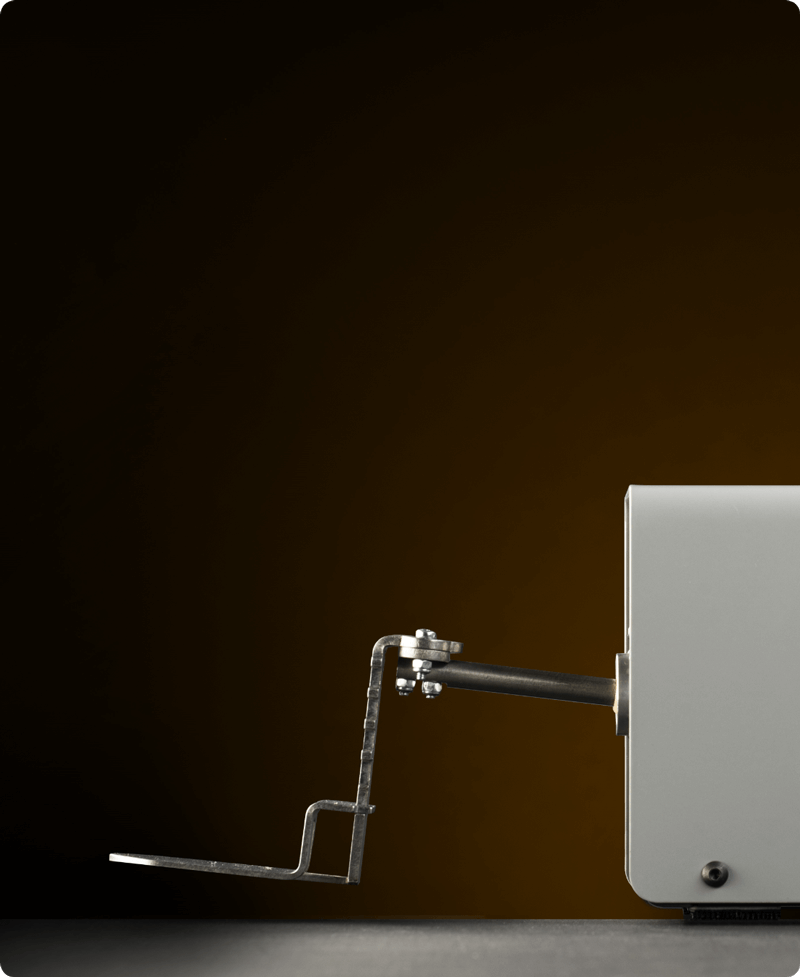Amazing, surprising, maybe a stunt? These are some words that can describe what customers think about guerrilla marketing campaigns. When implemented right, these campaigns have a bigger reach and impact. However, there were a few situations where brands didn’t have the expected results.
In this article, we are going to talk about guerrilla marketing, an in-your-face kind of advertising that can help brands, small or big, catch the attention of potential customers. Just like any other form of marketing, the results depend on your creativity and the implementation of the campaign.
What is guerrilla marketing?
Guerrilla marketing is a type of marketing in which companies use surprising, unusual, or unconventional interactions to promote their products. Anytime you saw an unusual form of promotion, that was a guerrilla marketing tactic.
Guerrilla marketing was made popular by Jay Conrad Levinson. In his book from 1984, he explains the concept. Guerrilla marketing was first seen as a solution for bold small companies. However, over time, it was observed that big brands can use this form of marketing with success.
However, there is an important thing all brands need to take into account when trying to use guerrilla marketing: It is a risky move. Content marketing, POP displays, and event marketing are safe methods that tend to receive a great response from customers. However, a failed guerrilla marketing campaign can have a really negative impact on the image of your brand.
Guerrilla marketing characteristics
- It is creative, smart, and unexpected. For guerrilla marketing, there needs to be an element of surprise. Otherwise, it’s just a good traditional marketing campaign.
- It can be relatively inexpensive
- It hasn’t been done before or it uses new technology
- It creates buzz and has the potential to go viral
- It leads to word-of-mouth marketing and stats show that word of mouth marketing accounts for 54% of purchase decisions.
- It is not a good option for brands that are risk-averse
- It doesn’t rely on traditional media channels
- It is not a strategy for one channel. You need to find the right combination of channels to deliver the message or a guerrilla campaign.
Now that we’ve established what guerrilla marketing is about, let’s take a look at some of the best - and worst - guerrilla marketing campaigns.
Successful Guerrilla marketing campaigns
1. Mr. Clean going to the streets
Back in 2014, Mr. Clean found a great, innovative, and witty way to promote their cleaning products. By repainting a part of the crosswalk it showed how their products work and they didn’t even need a big marketing budget because photos of their campaign were shared all over the internet.
2. Duracell’s contextual ads
Use what is already provided. That's what the brand Duracell did and their guerilla marketing campaign was a hit. They simply added flashlight stickers and posters to illuminated areas to show the power of a Duracell battery. Simple, yet impactful.
3. McDonald's makes you cross the street for fries
Mr. Clean wasn’t the only brand that found inspiration while crossing the street. McDonald's has innovative ways to promote some of its products. They turned a crosswalk into a bag of fries and a streetlight into a cup of coffee.
4. A beer’s best friend?
Bavaria had an interesting approach directly in-store. We all know that football and beer go hand in hand, so Bavaria made a special display for customers in-store. I think we can all agree that Bavaria wins this game.
Guerrilla marketing mistakes
Sometimes, even the best marketing campaigns can fail due to poor implementation. As guerrilla marketing tactics are riskier, there is a bigger chance of failure if you don’t take every little detail into account. Let’s see some examples of how NOT to implement a guerrilla marketing campaign.
1. Cartoon Network’s bomb scare
Back in 2007, Cartoon Network placed LED lights all over Boston. They used LED lights to recreate one of their characters. However, the campaign was not successful as it actually created a bomb scare and cost Turner Broadcasting ( the network’s parent) $2 million.
2. Snapple Popsicle
Go big or go home! This was on the minds of those who implemented the Snapple Popsicle campaign in 2005. On a hot summer day, in Times Square, News York, Snapple placed their giant popsicle (25-foot tall, 17 tons). Of course, the popsicle started to melt even before it was installed completely. Parts of downtown Manhattan were flooded with a kiwi-strawberry flavored gooey mixture. Firefighters were called to the scene to hose everything down.
Guerrilla marketing in-stores
Guerrilla marketing has its risks, but when you implement a campaign right, you can have amazing results. While most brands took their ads to the streets, you can start slow and right where your customers are: in the stores.
It is important to take into account a few things before you decide to try out a guerrilla advertising campaign.
1. Creativity comes first
You need to find something really creative if you want to attract the attention of your shoppers in-store. As you know, supermarkets are filled with ads, banners, displays, and promotional materials. That’s why you shouldn’t invest your time and money in a usual campaign.
2. Find the unique or unusual factor
Think of something that will surprise the customers. For example, you could make your products talk to another, just like Tide and Ariel did in their in-store marketing campaign.
It’s hard to find something surprising nowadays. However, with the help of a robotic POP display, you can make your products talk which will definitely surprise your customers.
3. Take into account every detail
As you saw, guerrilla marketing can be risky, especially if you don’t take everything into account. You should see if the retailer has the right space for your campaign and if it is possible to implement. Also, consider the reaction of your customers and potential problems during the campaign.
Guerrilla marketing started out as a way for small brands to raise awareness. However, over time, the most innovative and witty brands used this approach to grab the attention of their customers. The effectiveness of this form of marketing relies on the creativity of the brand. If the campaign is unique and it catches the eyes of customers, then it has the potential to go viral.



